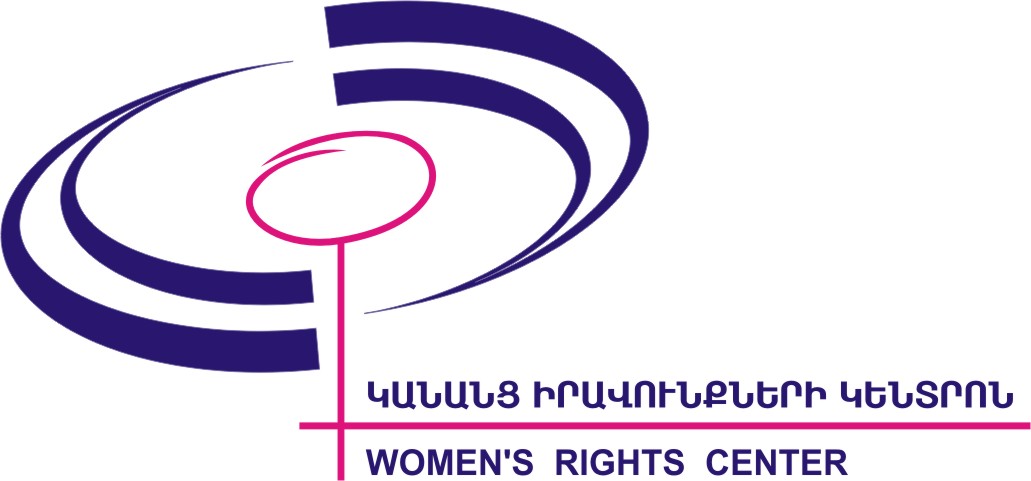 Along the history of humanity the topic of sexuality has always been actual and target of studies. Due to studies and scientific development, many questions found their answers, many phenomena were explained.
Along the history of humanity the topic of sexuality has always been actual and target of studies. Due to studies and scientific development, many questions found their answers, many phenomena were explained.
One of the phenomena related to sexuality is sexual disorder or sexual dysfunction. They are defined as disorder of sexual cycle, sexual identification, sexual preferences and orientation.
The most well-grounded source to classify sexual disorders is Diagnostic Manuals developed by American Psychiatric Association.
In 1994 the last version of Diagnostic Manuals, Diagnostic and Statistical Manual of Mental Disorders-IV, was published, where the classification of sexual disorders is considered to be the most widespread and the most reliable diagnostic source.
To have a sexual disorder does not mean that a person is initially strange, different from other people, “mad”, etc, it only means that because of some unfavorable conditions (psycho-social, physiological and other) a person can have disorders of sexual cycle. But these are not permanent and can be treated if desired.
The main reasons for sexual disorders are three – physiological, psychological, and social:
Physiological: the anomalies of human organism, for example, hormonal imbalance, which can cause absence of sexual desire, pain during sexual intercourse and etc.
Psychological: those feelings, thoughts and perceptions that can cause sexual problems. This may be, for example, negative feelings for the partner, unpleasant events of the past, and also fears and restraints related to sex.
Social: may be values and standards received through upbringing and education, traumatic moments caused by the behavior of the partner, stress factors e.g.: unemployment, a bad financial situation, little knowledge of own body and the like.
Sexual disorders are divided into several groups:
- psychosexual dysfunctions,
- paraphilias,
- sexual identification disorders,
- other sexual disorders.
Psychosexual dysfunctions occur as a result of influence by certain psychosocial or physiological problems. These can be prevented or treated by applying to corresponding doctors.
Sexual identity disorders are described as dissatisfaction of his/her own psychosocial sex and desire to belong to psychosocial status of other sex. Sexual identification is the realization to be man or woman, the inner feeling of masculinity or femininity.
Paraphilias can be of 8 types, during which there are observed some imaginations, addictions, actions causing strong sexual excitation, moreover,
- sexual activeness includes inanimate object,
- self-flagellation or abasement of other person is observed,
- a child or a person with no consent is involved.
Paraphilia is diagnosed if a person has imaginations and actions causing sexual excitation for at least 6 months, and, as with any other sexual disorders, cause serious personal and interpersonal problems. Many paraphilias involve unacceptable behavior and are subject to be controlled by law enforcement bodies.
The brief description of paraphilias:
- exhibitionism is demonstration of own sexual organs to strangers,
- fetishism is the usage of inanimate objects for sexual satisfaction,
- frotteurism is the feeling or touching strangers,
- pedophilia is the sex with child or underage,
- sexual masochism is to reach sexual pleasure by cringe, tying, beating, subjecting to other torture and sufferings,
- sexual sadism is sexual pleasure from causing physical and mental sufferings,
- transvestic fetishism is heterosexual men’s sexual pleasure from cross dressing,
- voyeurism is occurrence of sexual pleasure from watching at naked people having sex.
The lack of awareness about paraphilias makes ground for many stereotypes and false information. In particular, paraphilias are identified with sexual orientation. For example, pedophiles are identified as homosexuals and that causes prejudices and discriminatory behavior towards homosexuals. Meanwhile, pedophilia is not connected to sexual orientation, which means that both homosexual and heterosexual people can have sexual addiction towards children.
By the way, many pedophiles are heterosexual.
Homosexuality has been in the range of paraphilias for many years, which, probably, can be the cause for many stereotypes. But during years and due to scientific development, it was proved that homosexuality is not a sexual deviance. It is a type of sexual orientation like heterosexuality is.
One should differentiate between sexual orientation and sexual deviance as sexual orientation is a natural feature of every human being and cannot be changed, while sexual deviance is a result of certain psychosocial, physiological conditions and it can be treated. But in many cases the treatment is not done as paraphil does not want to apply to a doctor.
There is also an approach according to which people having paraphilias can be tolerated until they do not violate others’ rights.
An interesting fact is that the science on sexuality is based on studies of men patients considering women’s sexuality as a part of men’s sexuality.
Lusine Saghumyan
Sources:
http://med-practic.com/arm/517/28/view_axtanish.html
http://www.medindia.net/patients/patientinfo/sexual-deviance.htm
http://psychcentral.com/sex
http://web4health.info/en/answers/sex-gen-causes.htm



